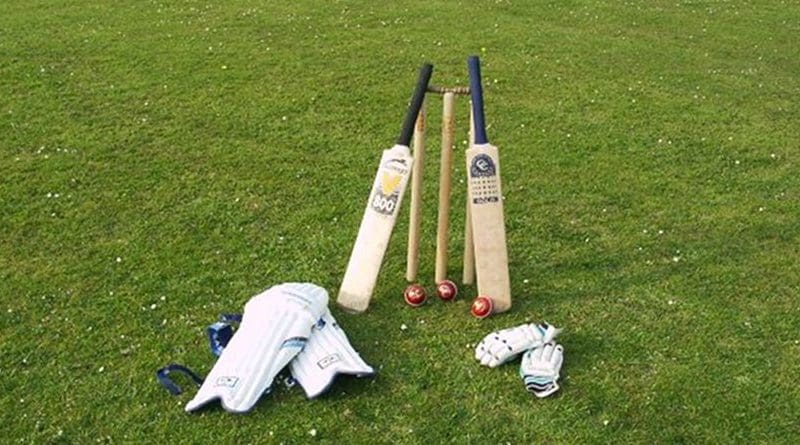Cricket Diplomacy: Batting For Peace – OpEd
By Arab News
CRICKET diplomacy is back. With the Cricket World Cup fever raging in South Asia and in much of the cricket-playing countries, this was to be expected. By inviting Pakistani leadership to the breathlessly awaited India-Pakistan cricket encounter in Mohali, Punjab this week, Prime Minister Manmohan Singh of India may have provided some fresh talking points to television wonks and leader writers at a time when there’s bad news all around.
However, this is not exactly a googly by Singh who was born on Pakistani side of Punjab in the undivided India. Nearly quarter of a century ago, President Zia-ul Haq had set the ball rolling when he had invited himself to an Indo-Pak showdown in Jaipur when Rajiv Gandhi was the prime minister. Gen. Zia’s diplomatic masterstroke at a time when tensions between the neighbors had touched a new high led to a thaw in the frigid India-Pakistan equation scripting a new chapter in international relations. By inviting President Asif Ali Zardari and Premier Yousaf Raza Gilani to the Wednesday thriller, Singh clearly took a leaf out of Zia’s book. And this isn’t the first time he has done so. Singh had watched an India-Pakistan showdown in 2005 with President Pervez Musharraf although that wasn’t of epic proportions as this one.
The South Asian twins have been here and done this before. Which is not to suggest they shouldn’t try it again. Given the long and bitter history of India-Pakistan relations, anything to reduce tensions between the nuclear powers and move forward is welcome.
Notwithstanding the three wars the two have fought, they were one country not long ago and share social, cultural, religious and linguistic bonds that are more enduring than the extremists on either side realize. No matter what politicians like Bal Thackeray want, Indians and Pakistanis crave peace, reconciliation and a better shared tomorrow for the whole region. So here’s three cheers for Skipper Singh’s batting for peace. If nothing else, cricket diplomacy offers excellent photo opportunities for everyone concerned. It would be a tragedy though if the whole thing fails to go beyond photo ops yet again. The 2005 visit by Musharraf and all those feel-good pictures showing the two leaders cozy up to each other as they watched their players engage didn’t go anywhere. In fact, despite his apparent keenness to break new ground with Pakistan, Singh has been unable to do so.
The recent WikiLeaks cables on India, disclosed by The Hindu, confirm what outside observers have suspected. The prime minister is faced with a siege within on Pakistan in his own government and party, notably from mandarins like M. K. Narayanan, his national security adviser. As cricketer-turned-politician Imran Khan, who was Pakistan’s captain when Zia visited Jaipur to watch the Test, has argued, Atal Behari Vajpayee despite representing a hawkish party like the BJP had been more assertive than this prime minister in seeking peace and reconciliation with Pakistan. So expect no miracles or major breakthroughs when Gilani sits with Singh to watch the World Cup semifinal on Wednesday. Little is going to change on the front of India-Pakistan relations. Unless the two sides decide to take some really bold and groundbreaking steps to break free of their toxic past to look to the future. Endless talks and elaborate photo-ops aren’t going to do that as long as the neighbors do not muster the courage to address the irritants at the heart of this troubled relationship.

